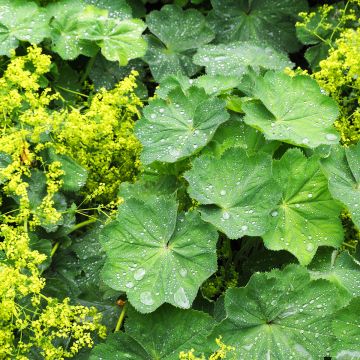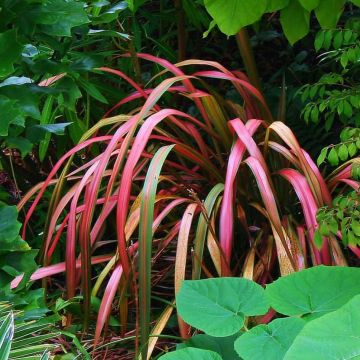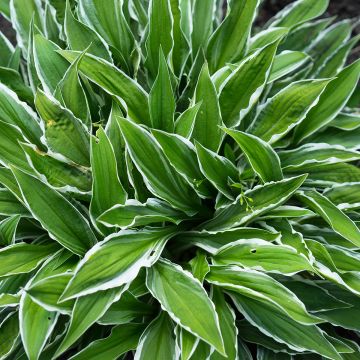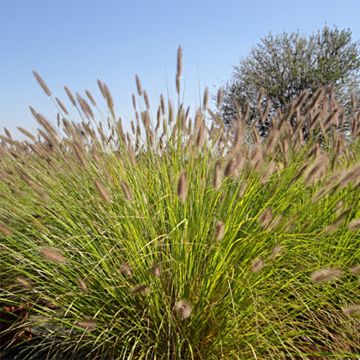Shipping country and language
Your country of residence may be:
Your country of residence is:
For a better user experience on our website, you can select:
Your shipping country:
Andorra
Austria
Belgium
Bulgaria
Canada
Chile
Croatia
Cyprus
Czechia
Denmark
Estonia
Finland
France
Germany
Greece
Hungary
Iceland
Ireland
Italy
Latvia
Lithuania
Luxembourg
Malta
Monaco
Netherlands
Poland
Portugal
Romania
Slovakia
Slovenia
Spain
Sweden
Switzerland
United Kingdom
We only deliver seed and bulb products to your country. If you add other products to your basket, they cannot be shipped.
Language:
French
German
Spanish
English
My Account
Hello
My wish lists
Plantfit
Log in / Register
Existing customer?
New customer?
Create an account to track your orders, access our customer service and, if you wish, make the most of our upcoming offers.


Datisca cannabina - Cretan Hemp
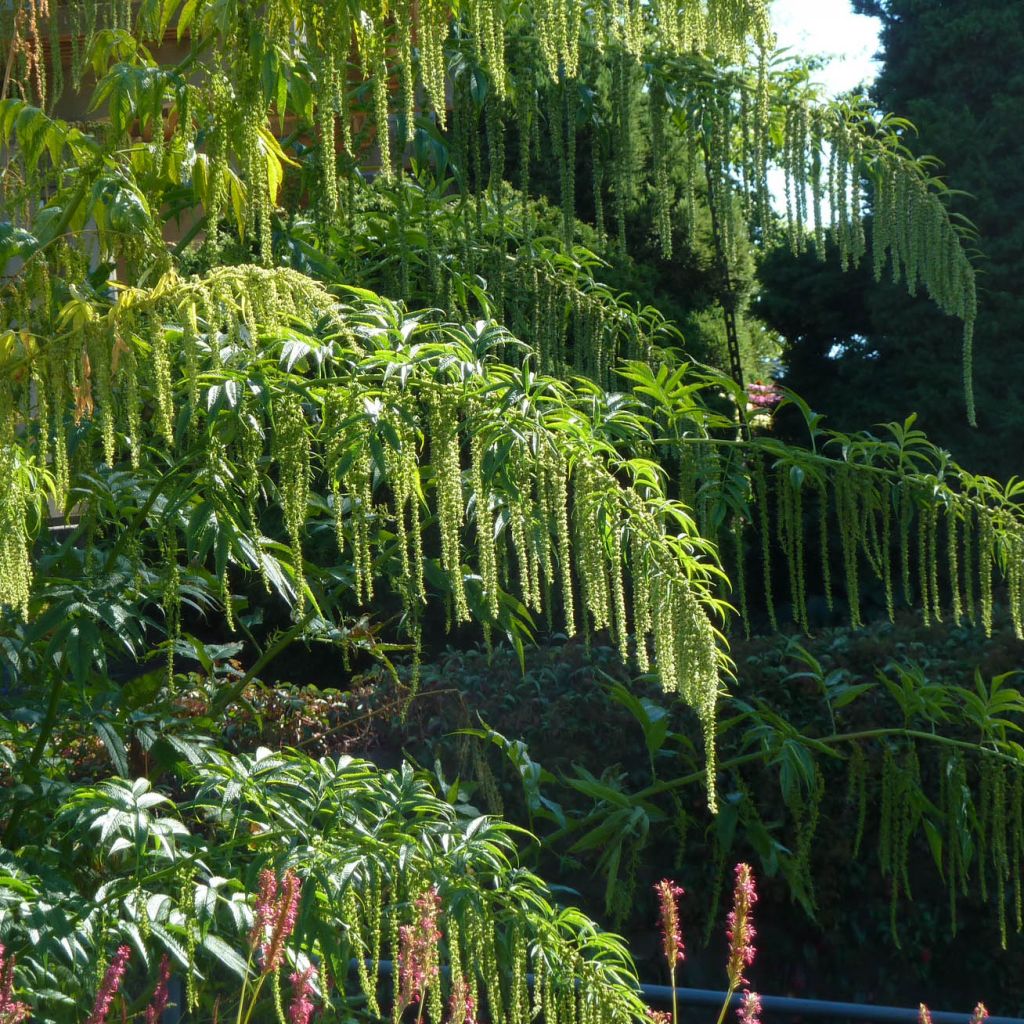

Datisca cannabina - Cretan Hemp


Datisca cannabina - Cretan Hemp
Datisca cannabina - Cretan Hemp
Datisca cannabina
Cretan Hemp
Perfect young plants upon delivery, in accordance with the order.
erwan M., 01/09/2019
Why not try an alternative variety in stock?
View all →Order in the next for dispatch today!
Dispatch by letter from €3.90.
Delivery charge from €5.90 Oversize package delivery charge from €6.90.
More information
This item is not available in your country.
Schedule delivery date,
and select date in basket
This plant carries a 12 months recovery warranty
More information
We guarantee the quality of our plants for a full growing cycle, and will replace at our expense any plant that fails to recover under normal climatic and planting conditions.
From €5.90 for pickup delivery and €6.90 for home delivery
Express home delivery from €8.90.

Does this plant fit my garden?
Set up your Plantfit profile →
Description
Datisca cannabina, sometimes called Perennial Hemp, is a rare plant of simple beauty, a monumental perennial designed for large spaces and natural areas. In one season, it forms a huge mass of stems and foliage that closely resembles that of cannabis. Its summer flowering, with tall inflorescences, evokes long and slender plumes in white-green to yellow, surrounded by a subtle fragrance. Freshness, exuberance, originality, that's what this unusual yet hardy plant offers, bringing an exotic and free-spirited touch to the garden, very personal indeed. It thrives in sunny locations, in rich, deep, and moist soil.
Datisca cannabina is a perennial plant native to Crete, Turkey, and spread to the western Himalayas, belonging to the Datiscaceae family. Its extremely robust stump becomes woody over time, growing to an enormous size, up to 2 to 3 metres (7 to 10 feet) wide. Its growth is so rapid that it will reach 2 to 3m (7 to 10ft) in height and 80cm (32in) in width within 1 or two years. Its upright habit in spring expands after flowering. The deciduous foliage is composed of alternate leaves, divided into 7 to 9 elongated leaflets with toothed edges, turning yellow in autumn. Tiny green flowers appear in July, arranged in narrow and pendant clusters, surrounded by bracts that add even more finesse to the whole. Male and female flowers are separate on the same individual, but sometimes some plants are entirely unisexual. This herbaceous and green-scented flowering is highly melliferous. When formed, the fruits are small dehiscent capsules at maturity, arranged on a long and narrow pendant cluster. It is during this period that the plant bends and takes on the appearance of a large bouquet of fishing rods.
Datisca cannabina is an ideal plant to provide density at the back of a border. More interesting for its foliage than its flowers, it still forms a very harmonious ensemble that enhances flowering shrubs and tall perennials, and adds volume to any landscape composition. It is so vigorous that it can be used perfectly as a hedge to quickly hide an unwanted view. It fits perfectly in an exotic-style garden and pairs well with plants with broad leaves. It can be associated with other giants, such as Cephalaria gigantea, Salvia guaranitica, Persicaria polymorpha, Onopordum nervosum, Vernonia gigantea, or the surprising Napaea dioica.
Perennial Hemp provides oil as well as a bright yellow dye.
Datisca cannabina - Cretan Hemp in pictures
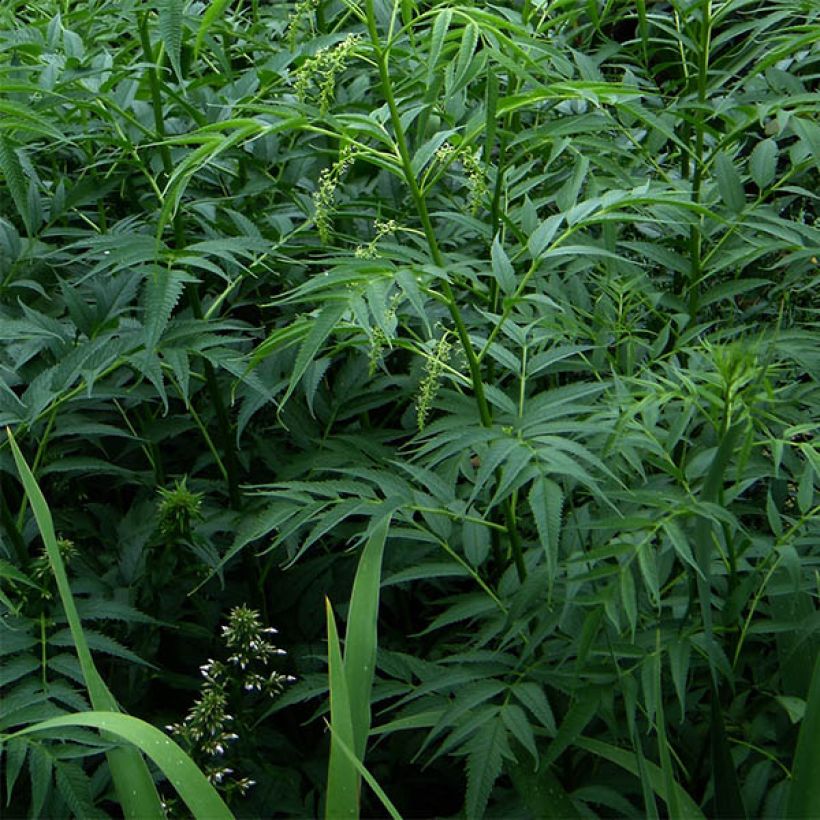

Flowering
Foliage
Plant habit
Botanical data
Datisca
cannabina
Datiscaceae
Cretan Hemp
Central Europe
Other Perennials A to Z
Planting and care
Datisca cannabina thrives in any moist to damp soil, rich in humus, in full sun or light shade. Hardy up to -20°C (1°F). Whether in a mass planting or as a standalone specimen, its foliage adds a touch of exoticism. Attention, enthusiasts: it can be cultivated, but it is not for smoking!
Planting period
Intended location
Care
- , onOrder confirmed
Reply from on Promesse de fleurs
Haven't found what you were looking for?
Hardiness is the lowest winter temperature a plant can endure without suffering serious damage or even dying. However, hardiness is affected by location (a sheltered area, such as a patio), protection (winter cover) and soil type (hardiness is improved by well-drained soil).

Photo Sharing Terms & Conditions
In order to encourage gardeners to interact and share their experiences, Promesse de fleurs offers various media enabling content to be uploaded onto its Site - in particular via the ‘Photo sharing’ module.
The User agrees to refrain from:
- Posting any content that is illegal, prejudicial, insulting, racist, inciteful to hatred, revisionist, contrary to public decency, that infringes on privacy or on the privacy rights of third parties, in particular the publicity rights of persons and goods, intellectual property rights, or the right to privacy.
- Submitting content on behalf of a third party;
- Impersonate the identity of a third party and/or publish any personal information about a third party;
In general, the User undertakes to refrain from any unethical behaviour.
All Content (in particular text, comments, files, images, photos, videos, creative works, etc.), which may be subject to property or intellectual property rights, image or other private rights, shall remain the property of the User, subject to the limited rights granted by the terms of the licence granted by Promesse de fleurs as stated below. Users are at liberty to publish or not to publish such Content on the Site, notably via the ‘Photo Sharing’ facility, and accept that this Content shall be made public and freely accessible, notably on the Internet.
Users further acknowledge, undertake to have ,and guarantee that they hold all necessary rights and permissions to publish such material on the Site, in particular with regard to the legislation in force pertaining to any privacy, property, intellectual property, image, or contractual rights, or rights of any other nature. By publishing such Content on the Site, Users acknowledge accepting full liability as publishers of the Content within the meaning of the law, and grant Promesse de fleurs, free of charge, an inclusive, worldwide licence for the said Content for the entire duration of its publication, including all reproduction, representation, up/downloading, displaying, performing, transmission, and storage rights.
Users also grant permission for their name to be linked to the Content and accept that this link may not always be made available.
By engaging in posting material, Users consent to their Content becoming automatically accessible on the Internet, in particular on other sites and/or blogs and/or web pages of the Promesse de fleurs site, including in particular social pages and the Promesse de fleurs catalogue.
Users may secure the removal of entrusted content free of charge by issuing a simple request via our contact form.
The flowering period indicated on our website applies to countries and regions located in USDA zone 8 (France, the United Kingdom, Ireland, the Netherlands, etc.)
It will vary according to where you live:
- In zones 9 to 10 (Italy, Spain, Greece, etc.), flowering will occur about 2 to 4 weeks earlier.
- In zones 6 to 7 (Germany, Poland, Slovenia, and lower mountainous regions), flowering will be delayed by 2 to 3 weeks.
- In zone 5 (Central Europe, Scandinavia), blooming will be delayed by 3 to 5 weeks.
In temperate climates, pruning of spring-flowering shrubs (forsythia, spireas, etc.) should be done just after flowering.
Pruning of summer-flowering shrubs (Indian Lilac, Perovskia, etc.) can be done in winter or spring.
In cold regions as well as with frost-sensitive plants, avoid pruning too early when severe frosts may still occur.
The planting period indicated on our website applies to countries and regions located in USDA zone 8 (France, United Kingdom, Ireland, Netherlands).
It will vary according to where you live:
- In Mediterranean zones (Marseille, Madrid, Milan, etc.), autumn and winter are the best planting periods.
- In continental zones (Strasbourg, Munich, Vienna, etc.), delay planting by 2 to 3 weeks in spring and bring it forward by 2 to 4 weeks in autumn.
- In mountainous regions (the Alps, Pyrenees, Carpathians, etc.), it is best to plant in late spring (May-June) or late summer (August-September).
The harvesting period indicated on our website applies to countries and regions in USDA zone 8 (France, England, Ireland, the Netherlands).
In colder areas (Scandinavia, Poland, Austria...) fruit and vegetable harvests are likely to be delayed by 3-4 weeks.
In warmer areas (Italy, Spain, Greece, etc.), harvesting will probably take place earlier, depending on weather conditions.
The sowing periods indicated on our website apply to countries and regions within USDA Zone 8 (France, UK, Ireland, Netherlands).
In colder areas (Scandinavia, Poland, Austria...), delay any outdoor sowing by 3-4 weeks, or sow under glass.
In warmer climes (Italy, Spain, Greece, etc.), bring outdoor sowing forward by a few weeks.







